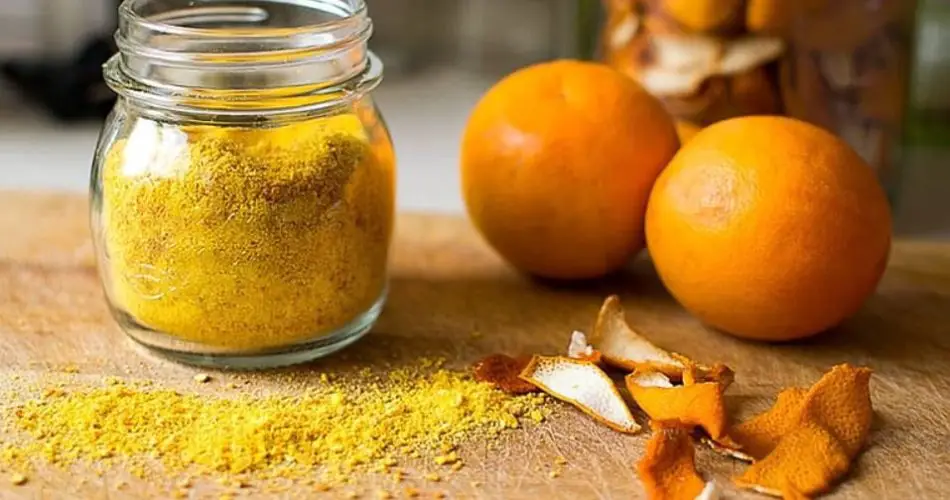Unlocking the potential of citrus peels as a free and effective fertilizer can revolutionize seedling growth, yet it’s a resource often discarded. As winter sets in, it’s not just the season for gathering eggshells and onion skins; it’s also the prime time for harnessing the power of citrus peels to nourish seedlings.
Why Citrus Peels?
The overlooked value of citrus peels lies in their nutrient-rich composition, containing phosphorus, potassium, nitrogen, and more. When introduced to the soil, these peels become a feast for soil microorganisms, triggering a cascade of nutrient release that benefits plant growth.
Moreover, citrus peels boast pectin, a substance known to enhance soil microbial activity while regulating moisture levels. This dual function ensures optimal soil hydration, crucial for seedling vigor during their formative stages.
Harvesting and Preparation:
Drying citrus peels, whether aided by central heating or through oven drying, is the preferred method. Once dried, the peels can be easily pulverized using kitchen appliances or a rolling pin, readying them for soil incorporation.
Any citrus fruit variety—be it tangerine, orange, lemon, grapefruit, or lime—can be utilized for this purpose.
Application for Seedlings:
Integrating ground citrus peel powder into the seedling substrate proves to be the most effective method. A general guideline suggests adding 2 tablespoons of citrus powder per liter of substrate, with potential to comprise up to 20% of the total mix.
Don’t fret about overdoing it; excess citrus peel powder won’t harm seedlings but will only enhance their growth. Embracing citrus peels as a fertilizer not only conserves resources but also maximizes seedling potential, ushering in a bountiful harvest.

